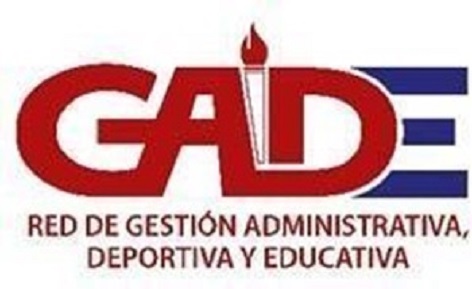Suspected plagiarism in a published article
(b) Suspected plagiarism in a published article
- A reader informs the editor of suspected plagiarism
- Thank the reader and inform them that you plan to investigate. Obtain complete documentary evidence, if it is not already available
- Check the extension of the copied material (Four alternatives)
- Obvious plagiarism (use of a large portion of text or data without attribution, presented as if they were the work of the plagiarist)
- Contact the author responsible for the article, it is highly recommended
to attach the declaration of authorship (or cover letter) where it was established that the work submitted is original and the work of the author, and documentary evidence of plagiarism (Two alternatives a and b)
- a) The author responds
- Unsatisfactory explanation/admission of guilt
- Contact all authors and tell them what you plan to do
- Consider publishing a retraction. Inform the editor of the other journal(s) involved or the publishers that published the plagiarized books
- Consider informing the author's superiors or the person responsible for research standards at the
author's facility.
- unintentional error , unclear journal instructions , or young researcher)
- Write to the author (to all authors, if possible) rejecting the
article, explaining the position and expected behavior in the future.
Finally:
- Consider informing the author's superiors or the person responsible for research standards at the author's facility.
- Inform the author (s) of the action taken
- Inform readers and victim(s) of the result or action taken
- a) No response
- Try to contact all other authors (check
the metadata on the OJS platform to find their emails and write again). If they respond, the alternative is resumed with a response, if they do not respond then:
- Contact the center where the author works and request that your
concern be transmitted to the author's superiors or the person responsible for research standards. Try to obtain acknowledgment of receipt of the letter. If there is a response , write to the author (to all authors, if possible) rejecting
the article, explaining the position of the journal and the expected behavior in the future. If there is no response ,
continue contacting the center every 3-6 months. If it is not resolved, consider the possibility of informing other higher authorities, meaning provincial directorates, ministries or other organizations. - Shorter copy, of short sentences only (e.g., in the discussion of a research article). Without indications that the data of others have been offered
as their own work
- Contact the author on neutral terms/expressing disappointment/explaining the journal's position
- Comment on the possibility of publishing a correction referring to the original article (s), if the citations have been omitted
- Contact the author on neutral terms/expressing disappointment, explaining the journal's position
Comment on the possibility of publishing a correction referring to the original article (s), if the citations have been omitted




